The PADIC Consortium carried out Feasibility Tests in Estonia to explore possible locations for the 2024 Final Demo and to test the functionality of the PADIC System modules.
On the first day, the testing of communication modules was conducted, and it was delightful to see that the modules from Saab, Patria, CAFA Tech, and Rantelon were successfully connected to the PADIC System. The second day witnessed technical tests in the Paldiski Peninsula region:

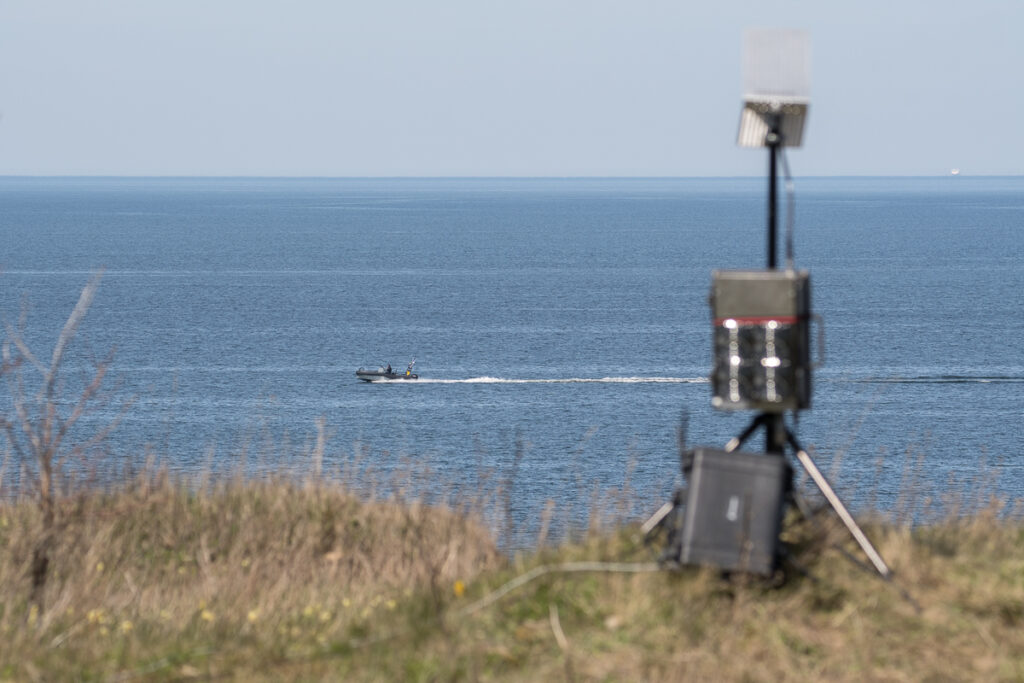
For radar measurements, we utilized micro-UAVs and were additionally supported by the Estonian Navy with their RHIB boat.
On the third day, we visited potential alternative locations for the PADIC Demo on the North Estonian coast.
The team spirit of the PADIC team was evidenced by an incident after the technical tests when the engineers from all partner organizations helped resolve a mechanical issue with an antenna lift. We collectively resolved the situation and afterward, were able to enjoy a PADIC team dinner.
The Feasibility Tests provided valuable feedback and experience to enhance the development of PADIC modules and how to prepare and plan for the 2024 Final Tests and Demonstrations.
Project Coordinator Thomas Lindgren from Saab felt very satisfied with the PADIC Feasibility test week in Estonia and would like to thank CAFA Tech – & Rantelon team very much for excellent hosting this week and PADIC partners, as well as much appreciated support from Estonian Navy. With great weather and beautiful scenery of the landscape in the background, PADIC partners got a good understanding of the possible sensor locations for the final demonstration. During this exercise we took further steps in maturing the PADIC sensor system, by testing some of the system components, as well as ensuring correct interaction to the EWC2 as well as transponders and communication network solution in a real environment setup. Very important steps and much promising results for work – and tests to come.
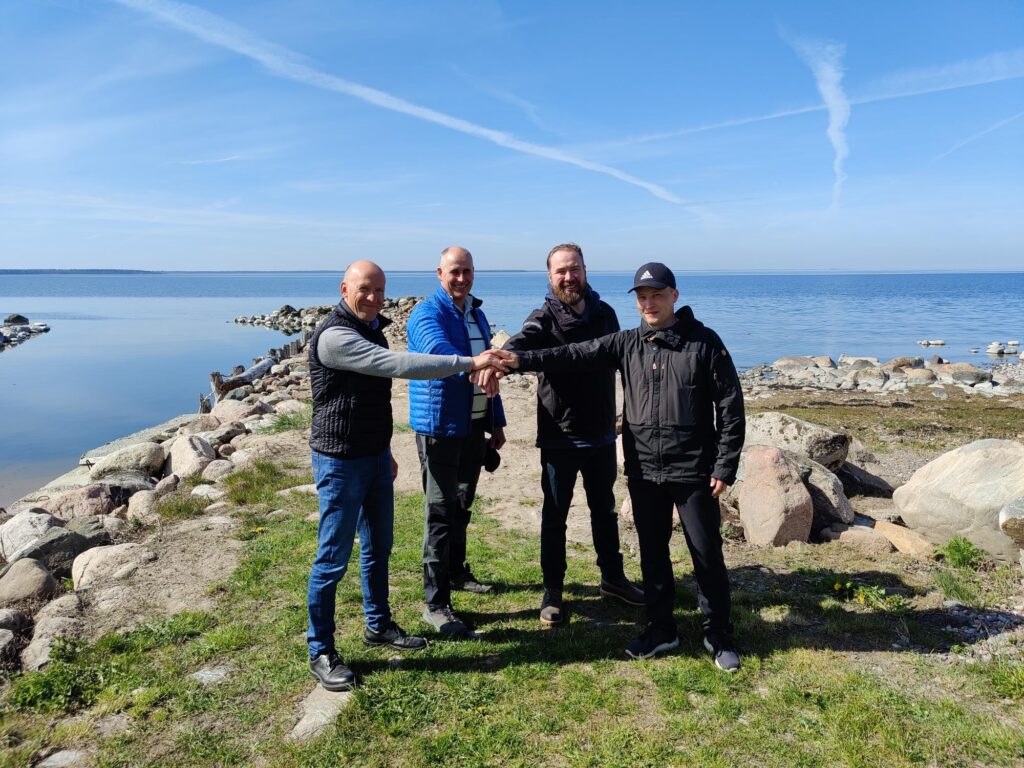
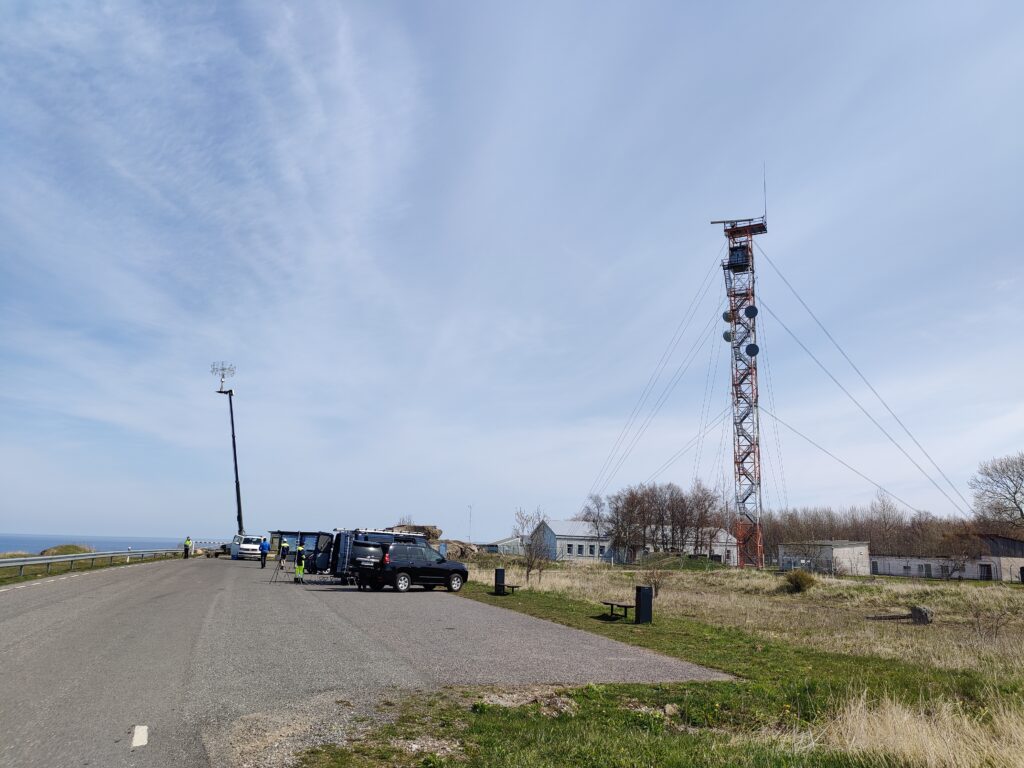
Jari Kärkelä from Patria wanted to thank the Estonian Navy, CAFA Tech and Rantelon for the arrangements and support to make this first PADIC field trial possible. Though only limited part of the PADIC system could be ready for testing at this phase of the project, this event sure provided us all plenty of useful and necessary information about the targeted PADIC environment and foreseen challenges to support the ongoing system development work.
Roland Savipõld from Rantelon shared that: These field tests, conducted in contrast to sterile laboratory environments, always unveil profound insights. Notably, during a high-power additional illuminator testing phase, an incident occurred with the RF transmitter – one of its internal cables experienced a thermal meltdown. Even despite adequate stress-testing in a controlled environment. Although unfortunate, these sort of trial-and-error experiments can often be quite resource-efficient. By the next day we had isolated the problem, analysed it and implemented modifications to patch this weak link.
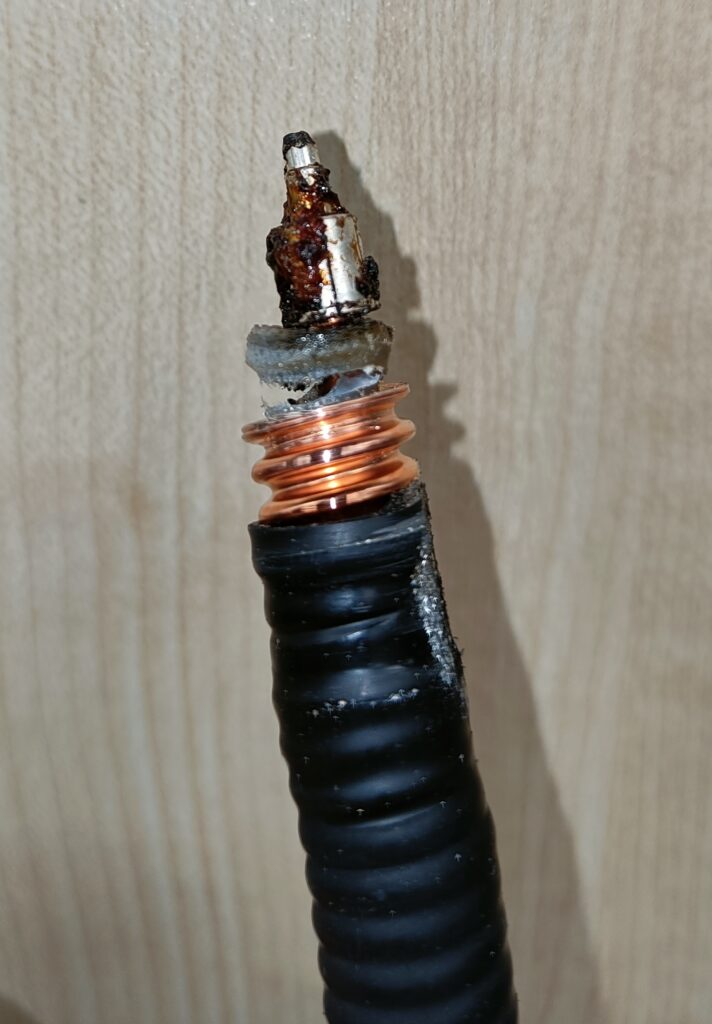

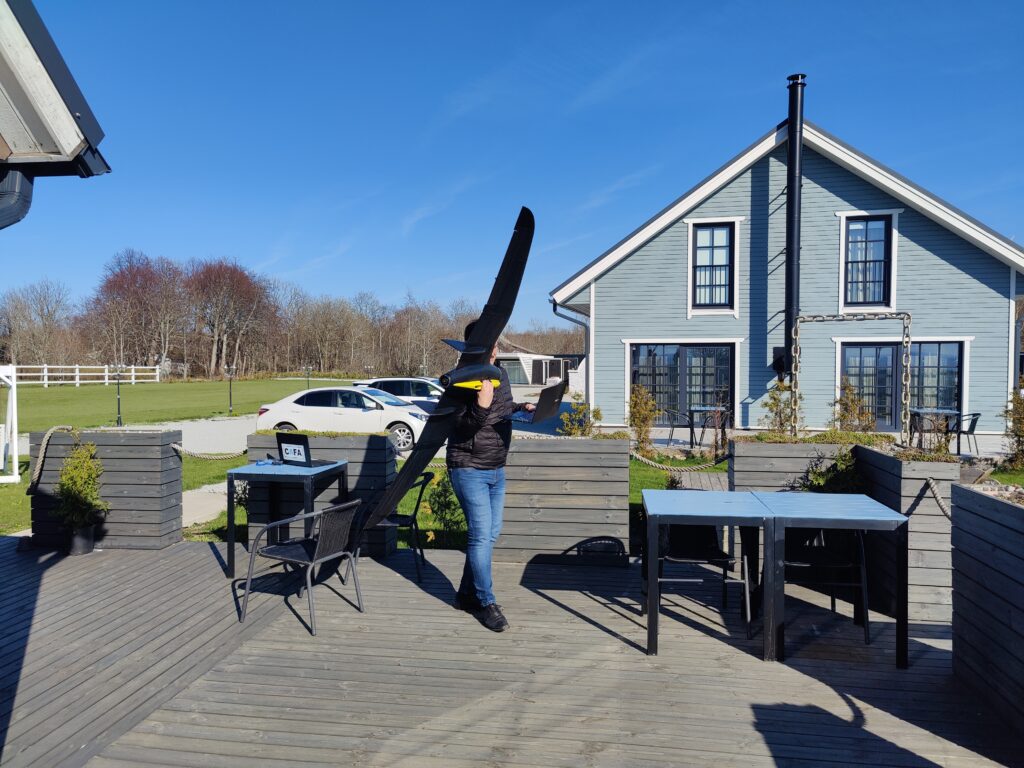
Tanel Järvet from CAFA Tech highlighted “The May 2023 Feasibility Tests were a great motivation for our technical teams to see how the PADIC integrated system is supposed to work.”
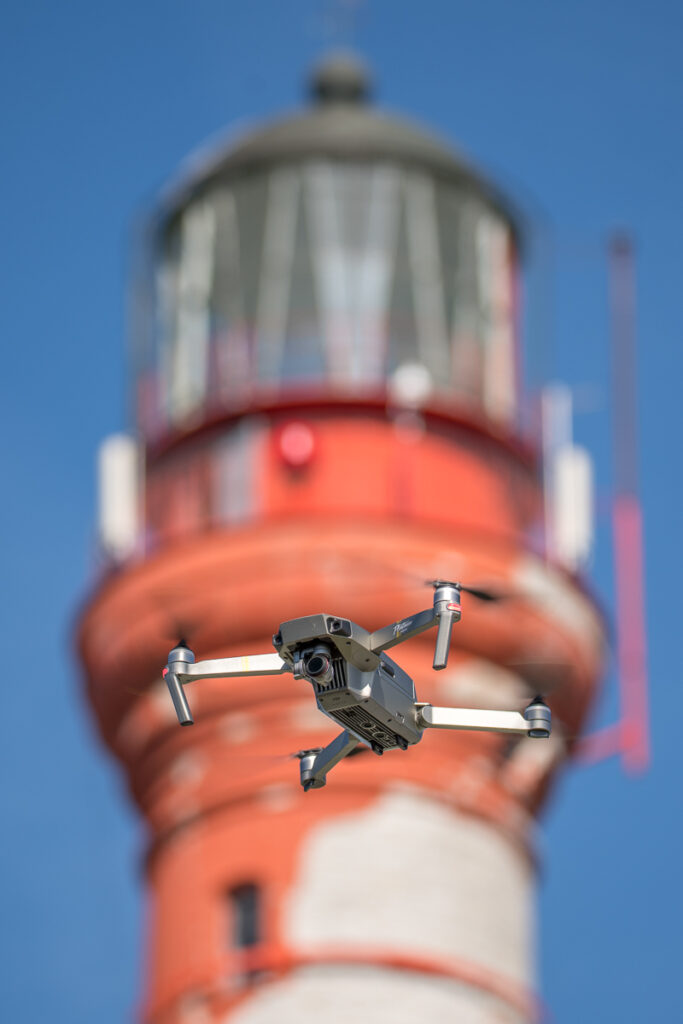
The European Defence Industrial Development Program project “Passive Acquisition by Digital Convergence” (PADIC) will develop a coastal radar network system with an open architecture, connecting passive, digital sensors of different types. Passive radars use reflections from signals from TV and radio stations, mobile network base stations and added transmitters to detect objects on land, at sea and in the air. PADIC will study, design, prototype and test a coastal radar network system in response to emerging threats by further developing state-of-the-art sensors that are spectrally non-congesting during peacetime and sustainable and immune against attack attempts during conflicts. The project will make use of low-cost and commercially available technologies and components.
Views and opinions expressed are however those of the author(s) only and do not necessarily reflect those of the European Union or the European Commission. Neither the European Union nor the granting authority can be held responsible for them.

Views and opinions expressed are however those of the author(s) only and do not necessarily reflect those of the European Union or the European Commission. Neither the European Union nor the granting authority can be held responsible for them.
Grant Agreement No EDIDP-MSC-CPRS-2020-096-PADIC
| Cookie | Duration | Description |
|---|---|---|
| cookielawinfo-checkbox-analytics | 11 months | This cookie is set by GDPR Cookie Consent plugin. The cookie is used to store the user consent for the cookies in the category "Analytics". |
| cookielawinfo-checkbox-functional | 11 months | The cookie is set by GDPR cookie consent to record the user consent for the cookies in the category "Functional". |
| cookielawinfo-checkbox-necessary | 11 months | This cookie is set by GDPR Cookie Consent plugin. The cookies is used to store the user consent for the cookies in the category "Necessary". |
| cookielawinfo-checkbox-others | 11 months | This cookie is set by GDPR Cookie Consent plugin. The cookie is used to store the user consent for the cookies in the category "Other. |
| cookielawinfo-checkbox-performance | 11 months | This cookie is set by GDPR Cookie Consent plugin. The cookie is used to store the user consent for the cookies in the category "Performance". |
| viewed_cookie_policy | 11 months | The cookie is set by the GDPR Cookie Consent plugin and is used to store whether or not user has consented to the use of cookies. It does not store any personal data. |